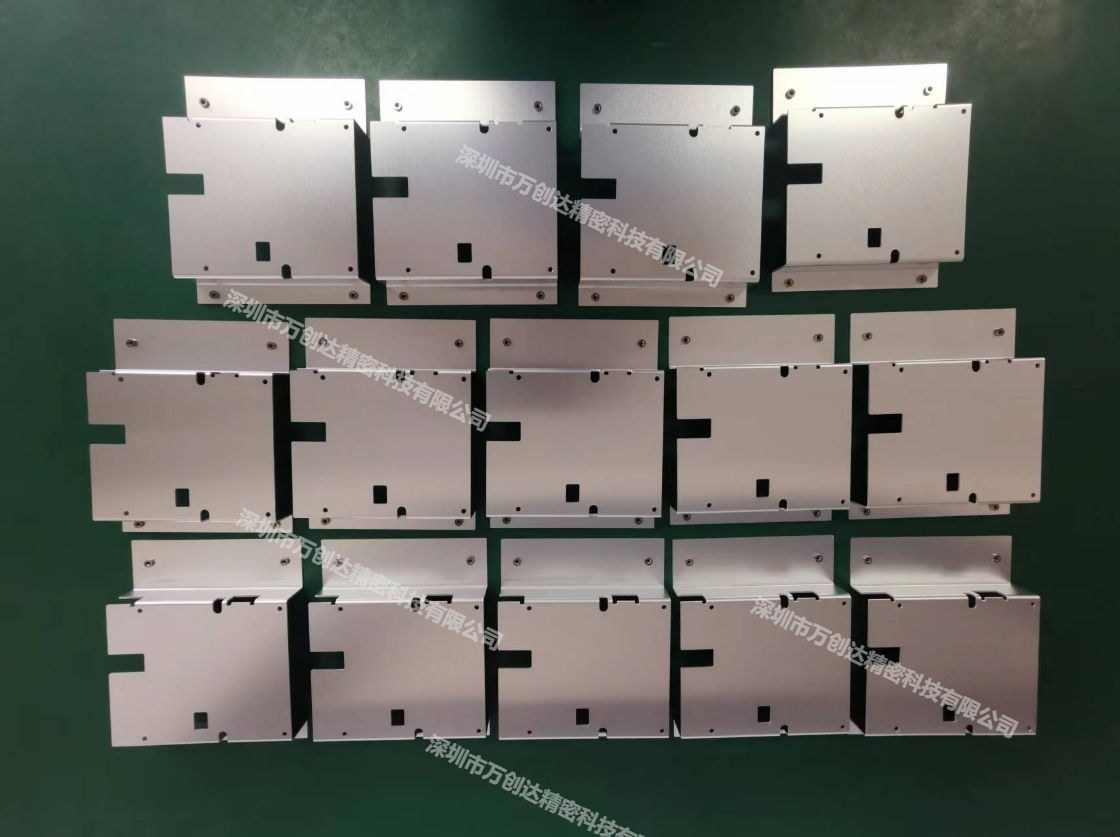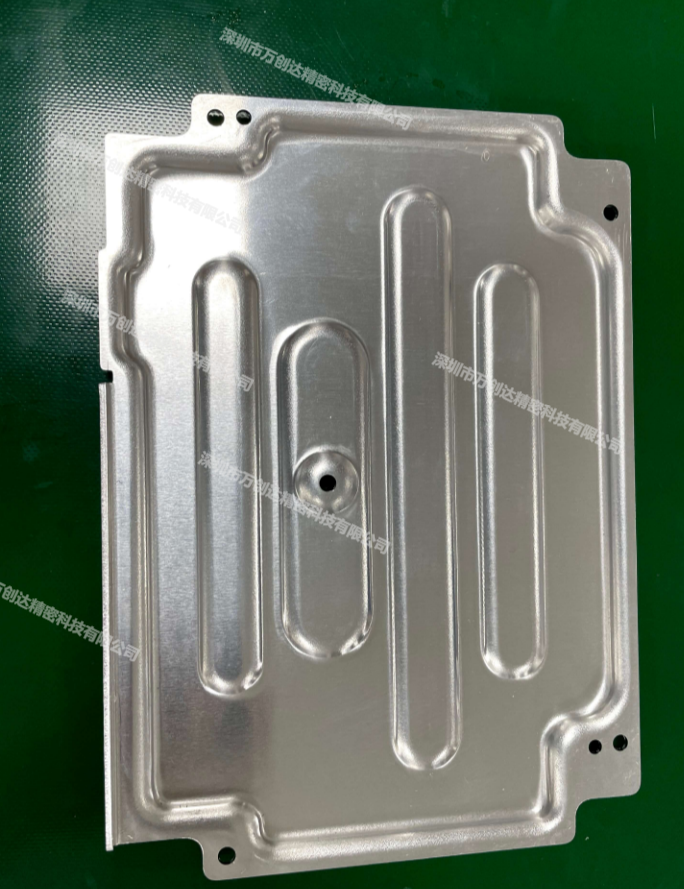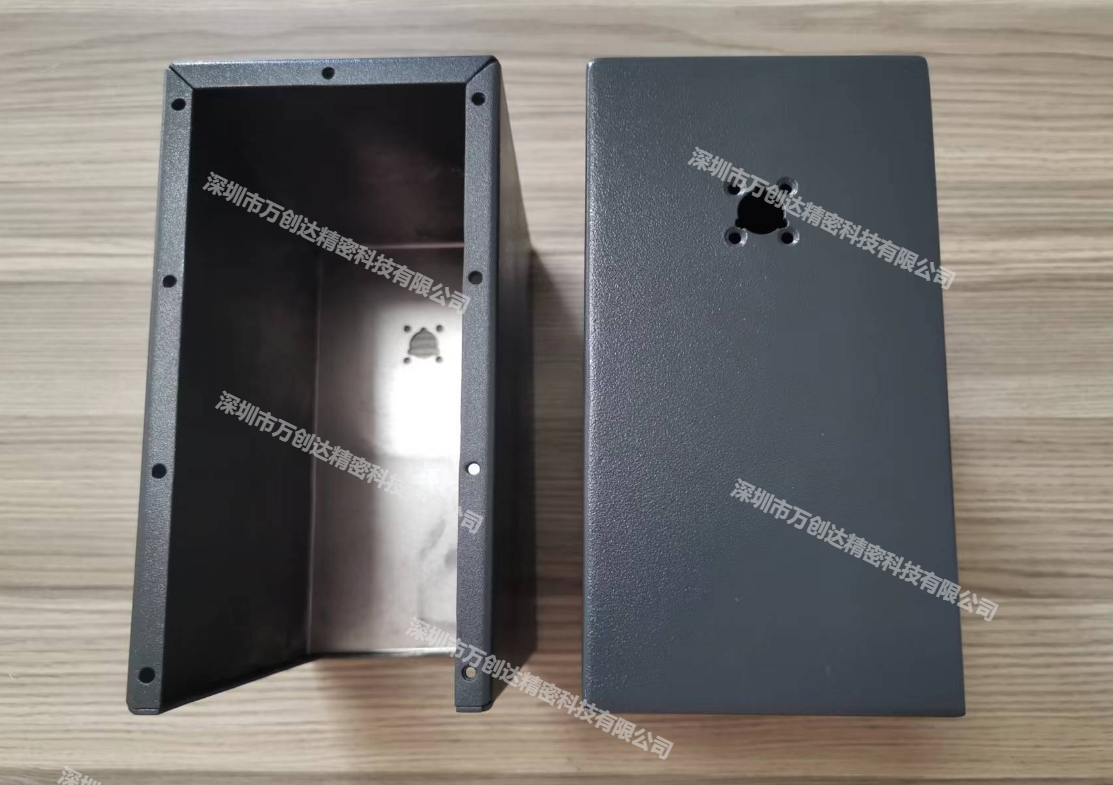CNC Machining Applications in Automotive Parts: Processes & Benefits
Explore how CNC machining powers the production of automotiv...
1. What is casting parts?
A casting part is a part or product made through the casting process, a metal forming technique involving heat. This process typically includes: 1) Melting the metal to form a liquid, 2) Pouring the molten metal into a mold and allowing it to cool and solidify, 3) Removing the casting from the mold.
2. Casting parts are found everywhere
Casting part are widely used across various fields, from everyday household items to aerospace technology. Their advantages in shape formation, mass production, and material properties make them common in daily life. For example, cast iron cookware, baking pans, locks, and furniture fittings often feature intricate designs, providing both durability and aesthetic appeal.

In aerospace, where material requirements are stringent, casting parts play a critical role. For instance, components in aircraft engines that operate under high temperatures and pressures must be made from materials with exceptional strength and heat resistance. These critical components are often produced using single crystal casting and directional solidification techniques.
3. Evolution of casting part Manufacturing Processes
1. Ancient Production Techniques:
Casting process has a long history, reflecting the ingenuity of ancient civilizations. Early casting methods, though simple, showcased impressive craftsmanship.
Ceramic Shell Casting: This ancient method, one of the earliest for producing castings, was used for making bronze objects. It involves creating inner and outer molds from clay to form a cavity, then pouring molten bronze into the mold. After cooling and solidifying, the ceramic shell is broken away to reveal the casting. This technique is simple and uses readily available materials.

Lost Wax Casting: Another ancient technique, lost wax casting involves making a wax model of the desired shape, covering it with layers of fire-resistant material to form a shell mold. The wax is then melted and drained out, creating a cavity for pouring molten metal. After cooling and solidification, the shell is removed to reveal the casting. This method allows for the creation of complex and detailed structures and is still used in jewelry and sculpture making.
2. Modern Techniques:
Advancements in technology and production tools have significantly improved casting techniques. Modern processes integrate high-tech innovations, making high precision and efficiency achievable.
Sand Casting: Although similar to ancient methods, modern sand casting combines traditional techniques with computer-aided design (CAD) and computer-aided manufacturing (CAM). It retains benefits like adaptability and cost-effectiveness while incorporating digital design, automated production lines, chemical hardening sands, shell molding, and rapid prototype casting (RPC). It is also the integration of modern technology makes parts of casting by sand casting can be widely used in automotive, machine tools, construction machinery and other industries.

High-Pressure Die Casting: This modern method is ideal for casting lightweight materials such as aluminum and its alloys. Molten metal is injected into a mold cavity under high pressure, ensuring complete filling and solidification. This technique improves the density, strength, surface finish, and dimensional precision of the die casting parts . Its short cooling cycle and ease of operation make it suitable for mass production.
Low-Pressure Die Casting: Similar to high-pressure casting but with lower pressure, this method is used for large, thin-walled, and complex castings. The lower pressure reduces mold damage, extending the mold’s lifespan compared to high-pressure casting. Additionally, it produces finer metal grains, reducing the likelihood of porosity and improving mechanical properties.
Vacuum Casting: A precise modern technique, vacuum casting creates a low-pressure environment by removing air before injecting molten metal into the mold. This reduces the occurrence of gas bubbles and oxidation, resulting in higher-density and purer casting parts. It is commonly used for components in aerospace, medical devices, and precision instruments.
Explore how CNC machining powers the production of automotiv...
Discover how high-precision CNC machining enables ultra-accu...
Explore how CNC machining technology, through high precision...
Learn about the different types of metal plating processes, ...
Surface treatment technologies are integral to improving mat...

Copyright © 2024 Shenzhen Xunchuangda Precision Technology Co., Ltd. ALL Rights Reserved




